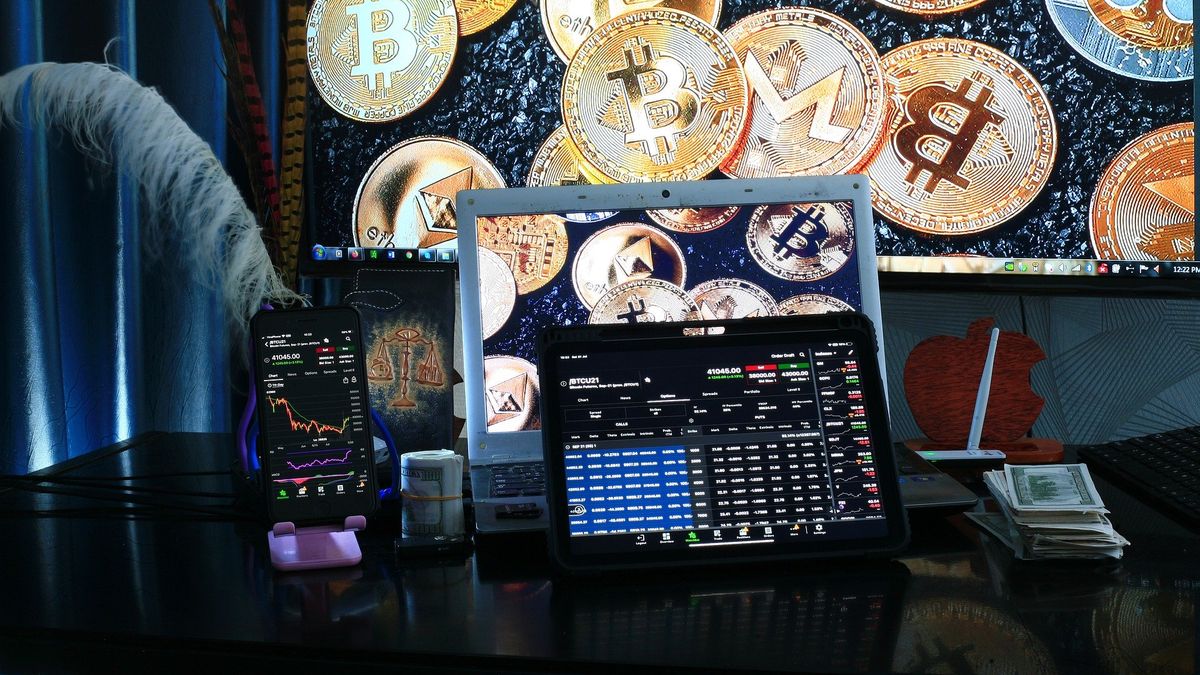A qualified salary is equivalent in the best of scenarios to 50% of the profit that was achieved by speculating with bitcoins (1,500 dollars) but if we deflate it over time (the most stable unit of measure of all) the relationship is greater; It takes 30 days for a skilled worker to reach 50% of the income that a speculator reached in just 7 days, in other words, the executive reached only 12.5% proportionally compared to the previous one. In other words, speculating an engineer achieved an accumulation speed 8 times higher than the average of those who have the same time of life invested in professional qualification.
Investment is one of the keys to growth and the speed of accumulation defines the trajectory of such investment in the long term and without growth development is not possible. Therefore, we need to save to invest and grow and savings are channeled into investment through economic institutions. The mechanism is simple, banks pay a passive interest rate for the savings received and charge an active rate for the savings lent to different investors, their role in the system is to attract savers and detect “solvent” investors to place said savings. .
The system becomes sustainable over time when in the aggregate (that is, the total sum) of projects generated by bank loans, the returns on investment to investors are positive and stable over time. These returns are divided between the savers who contributed the capital, the banks that developed the scheme, and the investors who carried out the positive returns project.
But what happens when there is inflation? Let’s start by defining what inflation is, it means the sustained increase in prices in a finite period of time quantified on a consumer price index where it integrates a basic basket of products.
The generalized increase in merchandise is not exact, some products increase more and others less, the CPI measures an average of these, which means that when we have inflation, the relationship that exists between the different merchandise is lost (a priori a car is equivalent to 2 tons of candies, but with inflation the ratio can change, it can be worth 2.1 or 1.8 depending on the price variation in both markets).
Let’s take the concept to the future returns of the projects, any business that you want to establish is crossed by a very simple equation: income – costs = profit (IC = G). Now we also add an additional question, the relationship between the goods produced (with their cost of production) and the rest of the goods circulating in the market.
Inflation distorts that relationship and therefore establishing future investment projects require a greater degree of analysis speculating on how the future relationships of the merchandise to be traded will be with respect to the rest of the merchandise, now to be able to embark on long-term projects A more complex level of analysis would be required to estimate inflation (and as we also said the exchange ratio between merchandise) and this complexity ends up being an entry barrier, mainly for the country’s micro and SMEs.
In other words, inflation removes the possibility of requesting long-term loans (and carrying out investment projects) due to the complexity in the economic analysis and the uncertainty that is generated, it is very difficult to estimate at what price you are going to sell a product and how much you are going to pay in inputs and salaries (the relationship between sale price and salaries / inputs should be kept constant).
The fact that a stable and positive behavior cannot be generated in the time of the returns in investment projects due to inflation makes the possibility that the deposit rate paid by banks to savers also has a positive long-term behavior unfeasible.
In other words, if a company does not have long-term stability between the price of what it produces, its production costs and the rest of the goods in the economy, it cannot assume long-term investment projects and therefore the bank cannot lend to you in the long term, if this does not happen it could not pay a passive interest rate to the saver that is positive.
As the long term becomes unviable, the short one begins to have greater weight, the speed of accumulation (from short) becomes the decisive variable for small and medium savers and this is where the debate comes in, as it is not possible to bet on a fixed term since it does not exhibit positive returns the option of saving in dollars or speculating in the stock market / investing in financial assets or derivatives takes significance. Cryptocurrencies in this scenario show the highest short accumulation speed hence their great appeal. An engineer earned in a week the equivalent of what a worker takes to earn in 8 or 10 months, the numbers are indisputable.
Nobody knows how to answer the famous “what would have been if” but it is clear that Inflation kills investment projects, discourages savers from using traditional savings channels, and encourages speculation in “investments” with high short-term returns that have no positive implications for society as a whole. Perhaps if banks could generate positive and stable returns over time for savers there would be fewer speculators trying to save themselves with the party of the crypto world, but surely there would be less need to keep dollars under the mattress.




